A trio of scientists who developed the combination drug Trikafta are among the winners of five major awards in life sciences, physics and mathematics.
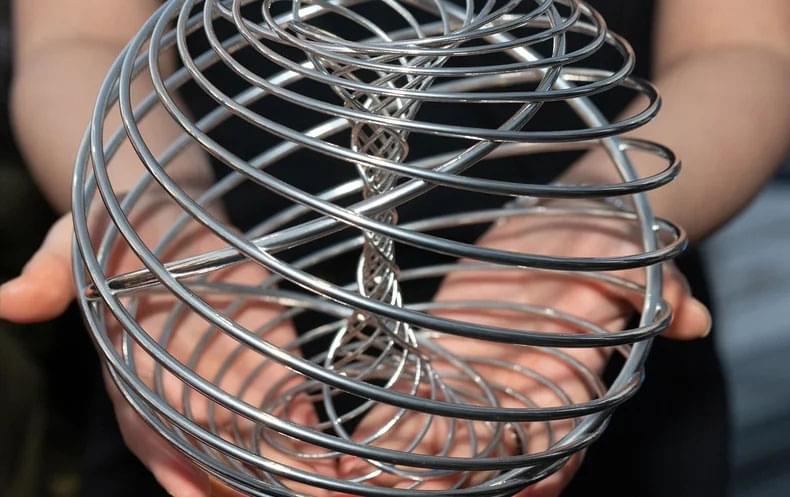

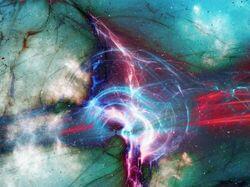
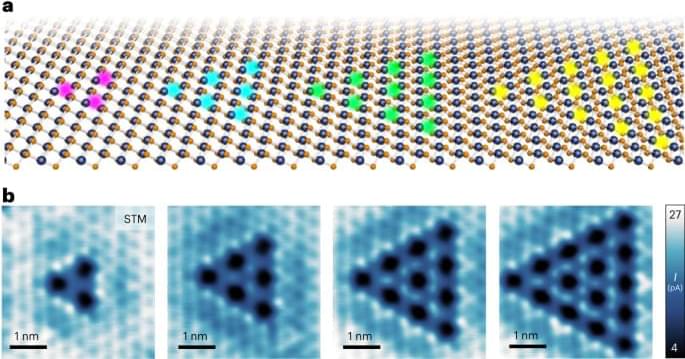
Self-assembled single vacancies in a 2D transition metal dichalcogenide are used to fabricate atomically precise quantum antidots. The resulting antidots have tunable quantum hole states, which are robust to oxygen substitutional doping, and could have applications in quantum information and photocatalysis technologies.

The Association for Computing Machinery has just put out the finalists for the Gordon Bell Prize award that will be given out at the SC23 supercomputing conference in Denver, and as you might expect, some of the biggest iron assembled in the world are driving the advanced applications that have their eyes on the prize.
The ACM warns that the final system sizes and final results of the simulations and models run are not yet completed, but we have a look at one of them because the researchers in China’s National Supercomputing Center in Wuxi actually published a paper they will formally released in November ahead of the SC23 conference. That paper, Towards Exascale Computation for Turbomachinery Flows, was run on the “Oceanlite” supercomputing system, which we first wrote about way back in February 2021, that won a Gorden Bell prize in November 2021 for a quantum simulation across 41.9 million cores, and that we speculated the configuration of back in March 2022 when Alibaba Group, Tsinghua University, DAMO Academy, Zhejiang Lab, and Beijing Academy of Artificial Intelligence ran a pretrained machine learning model called BaGuaLu, across more than 37 million cores and 14.5 trillion parameters in the Oceanlite machine.
NASA tossed down a grand challenge nearly a decade ago to do a time-dependent simulation of a complete jet engine, with aerodynamic and heat transfer simulated, and the Wuxi team, with the help of engineering researchers at a number of universities in China, the United States, m and the United Kingdom have picked up the gauntlet. What we found interesting about the paper is that it confirmed many of our speculations about the Oceanlite machine.

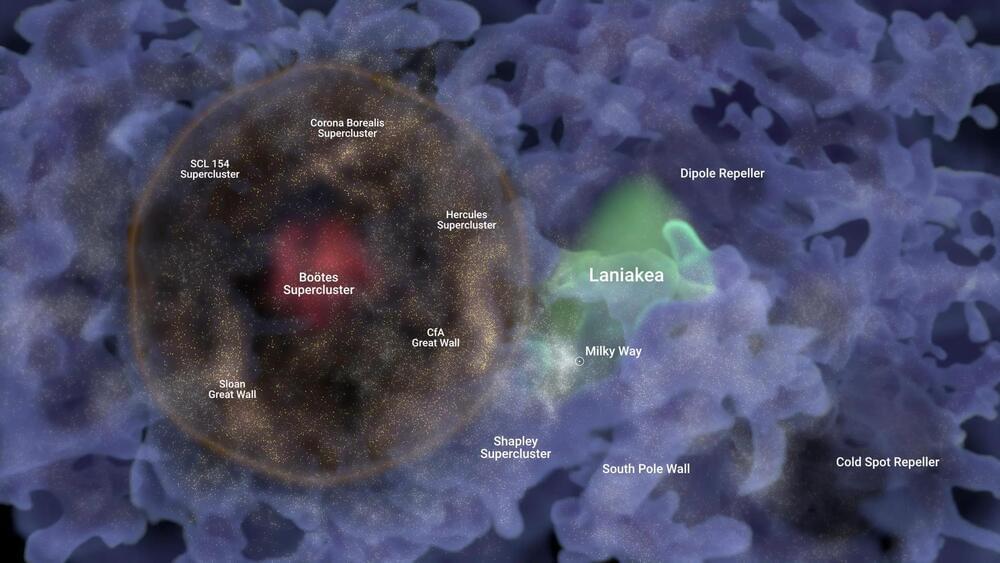
Astronomers have identified an immense bubble, Hoʻoleilana, 820 million light years away. This structure, believed to be a remnant from the universe’s inception and larger than predicted, offers valuable insights into galaxy evolution and the universe’s expansion dynamics.
A University of Hawaiʻi-led discovery of an immense bubble 820 million light years from Earth is believed to be a fossil-like remnant of the birth of the universe. Astronomer Brent Tully from the UH Institute for Astronomy and his team unexpectedly found the bubble within a web of galaxies. The entity has been given the name , a term drawn from the Kumulipo, a Hawaiian creation chant evoking the origin of structure.
The new findings published on September 5 in The Astrophysical Journal.

The Video Assistant Referees (VAR) was made official by the FIFA for the World Cup in Russia in order to end the refereeing controversies. this system is considered a total justice for football, VAR and the anti-dopping system have an Achilles’heel: The mind control with brain nanobots. Mind control is a reductive process in which a man is reduced to an animal, machine or slave. Nowadays, the mind control could be developed with invasive neurotechnology as brain nanobots that can control directly the activity of victim neurons stimulating or inhibiting them and thus, control different body’s functions like the motor functions. It could be used by nanomafias in sports like soccer and could being applied on football players of the teams that are participating, nowadays, in the current world cup. The FIFA should be prepared to avoid the mental control and the illicit use of brain nanobots, as they are regarding drugs using the anti-dopping in order to get the justice in world football.
Keywords: nanotechnology, brain, internet, interface brain-machine, crime, soccer.
The 2018 FIFA World Cup is the 21st FIFA World Cup, a quadrennial international football that is organized by FIFA. It is currently ongoing in Russia starting from 14 June and will end with the final match on 15 July 2018. The Video Assistant Referees (VAR) was made official by the FIFA for the World Cup in Russia in order to end the refereeing controversies. The FIFA implemented the VAR that is a live support system for referees, which gives them the option of changing decisions that could influence in the scoreboard or in the match incidences although this system is considered the final point for the controversies in refereeing decisions and represent for FIFA and most analysts, a total justice for football.1 The VAR and the anti-dopping system have an Achilles’ heel.
Zhiling Guo, a Research Fellow at the University of Birmingham outlines research into how nanomaterials found in consumer and health-care products can pass from the bloodstream to the brain side of a blood-brain barrier model with varying ease depending on their shape. A new study reveals that this may create potential neurological impacts that could be both positive and negative.
https://www.birmingham.ac.uk/news/latest/2021/07/nanomateria…study.aspx
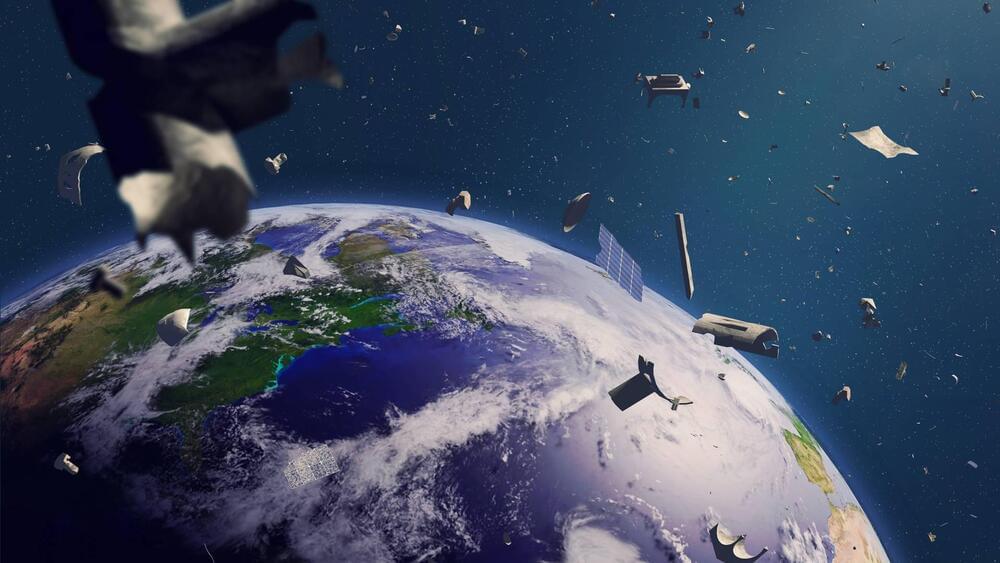
The problem of space debris would worsen even if we sent nothing else into orbit.
ESA’s Space Environment report 2023 was published last August and highlighted a key problem: space debris. “Our planet is surrounded by spacecraft carrying out important work to study our changing climate, deliver global communication and navigation services and help us answer important scientific questions,” noted the report.
“But some of their orbits are getting crowded and increasingly churning with deadly, fast-moving pieces of defunct satellites and rockets that threaten our future in space.”
Dottedhippo/iStock.
“Our planet is surrounded by spacecraft carrying out important work to study our changing climate, deliver global communication and navigation services and help us answer important scientific questions,” noted the report.
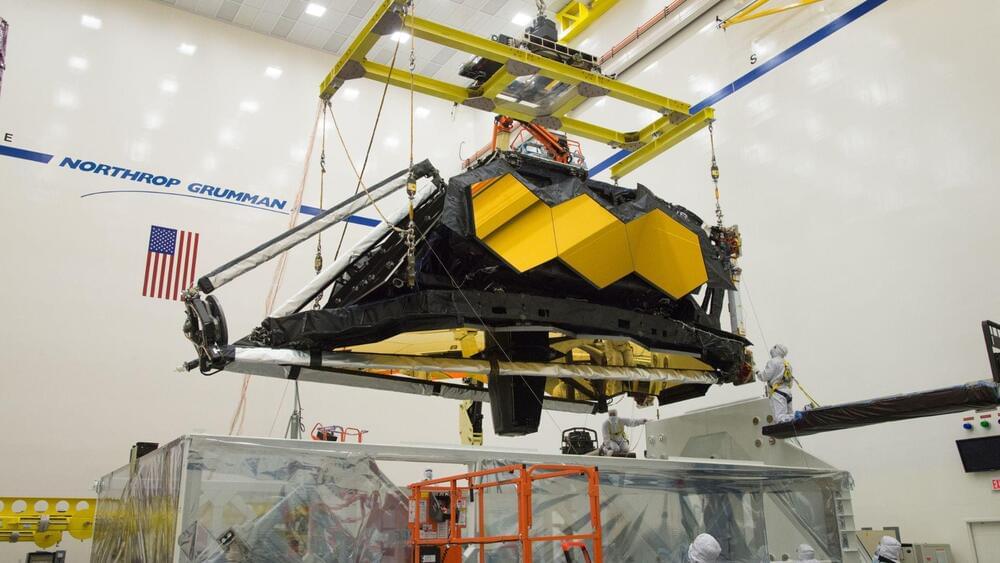
The JWST is just the beginning of a new era of space astronomy.
The James Webb Space Telescope (JWST) has been a spectacular success so far, revealing new insights into the cosmos with its powerful vision. But the JWST also has a history of cost overruns, delays, and near-cancellations that have raised questions about the feasibility of future space telescopes.
Source: Northrop Grumman/NASA via Flickr.
Is there a way to make space telescopes more affordable?